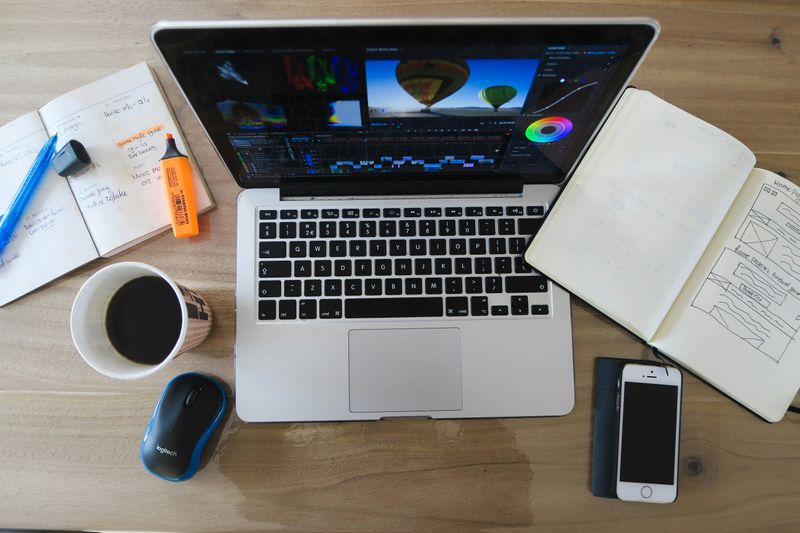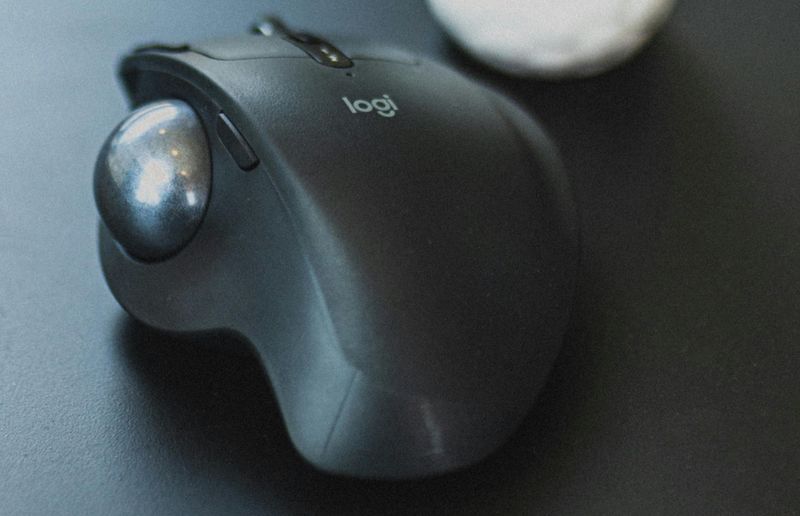
This logo isn't an ad or affiliate link. It's an organization that shares in our mission, and empowered the authors to share their insights in Byte form.
Rumie vets Bytes for compliance with our
Standards.
The organization is responsible for the completeness and reliability of the content.
Learn more
about how Rumie works with partners.
You probably use a computer mouse every day but might not have thought about its importance — until it stops working. Maybe you need a better mouse for editing photos and videos, or maybe you notice hand and wrist strain after a long session of mouse use.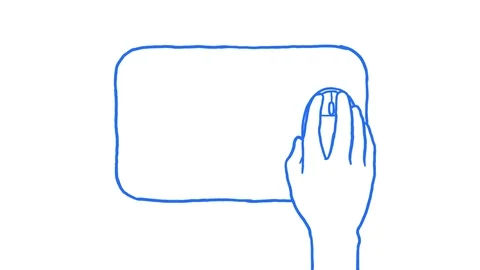 It's easy to replace a worn-out mouse with a new one just like it, but choosing the right one will give you a better online experience for work and relaxation.
It's easy to replace a worn-out mouse with a new one just like it, but choosing the right one will give you a better online experience for work and relaxation.
How Will You Use It?
Productivity
Gaming
Hand/wrist comfort (ergonomic)
Travel
Creative work (such as photo editing)
Quiet work (softer click noises)
Choosing a Size and Shape
Ambidextrous
Ambidextrous mice are meant to fit well in either hand, and the overall shape is the same on both sides. They may or may not be ergonomically designed.
 Photo by Yasin Hasan on Unsplash
Photo by Yasin Hasan on UnsplashErgonomic
Ergonomic mice come in many shapes, but they are usually asymmetrical and fit either the left or right hand. They are designed to reduce arm, hand, and wrist strain.
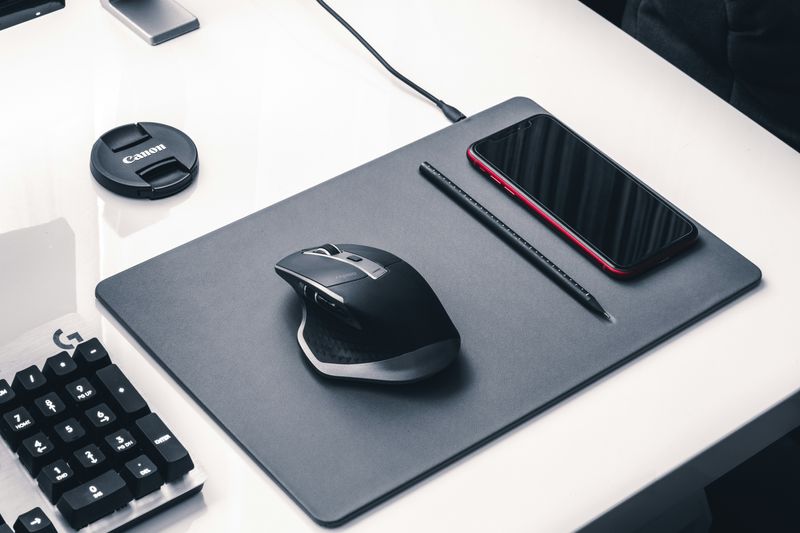 Photo by Sebastian Bednarek on Unsplash
Photo by Sebastian Bednarek on UnsplashVertical
This is a type of ergonomic mouse where the hand is vertical in a handshake-like position. Vertical mice are made for either the left or right hand, not both.
 Photo by Howard Bouchevereau on Unsplash
Photo by Howard Bouchevereau on UnsplashChoosing a Tracking Method
Computer mice use three main ways to translate your movements into the movements you see on a screen.
Laser
This mouse is extra sensitive to movement and can work on smooth surfaces such as glass.
Best for: Competitive gaming, precision computer work, glass or uneven surfaces
Not best for: Basic computer use, when you probably wouldn't notice the difference between a laser and an optical mouse
Choosing a Sensitivity Range
Polling Rate
The polling rate measures how often the mouse sends updates to the computer. A low polling rate means that you'll notice a lag between when you move the mouse and when the cursor moves on your screen. The cursor may also appear jittery rather than smooth during on-screen movement.
Choosing a Connectivity Type
Wired
The main advantages of a wired mouse are a quick response time and long-lasting power because the mouse is connected directly to the computer. Most wired mice are USB, but they don't need a spare USB port. They're generally less expensive than wireless mice, though the price difference can be insignificant.
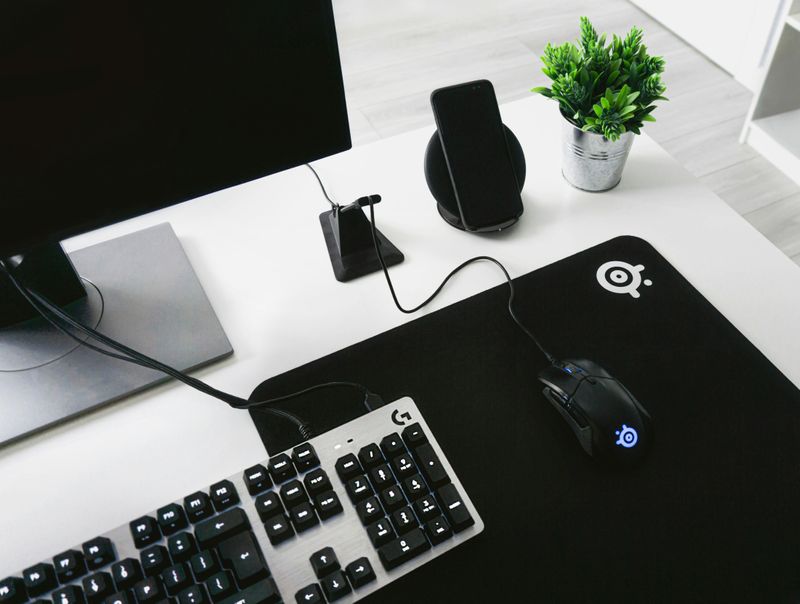 Photo by Matt Wojtaś on Unsplash
Photo by Matt Wojtaś on UnsplashWireless (USB and Bluetooth)
Wireless mice offer portability, convenience, and a clutter-free setup. USB mice come with a dongle, so you need to have a spare USB port on your computer or tablet for the mouse to work. Bluetooth mice have no dongle. The same wireless mouse can be used with multiple compatible devices.
Wireless mice batteries are designed to last for months, and some come with rechargeable batteries.
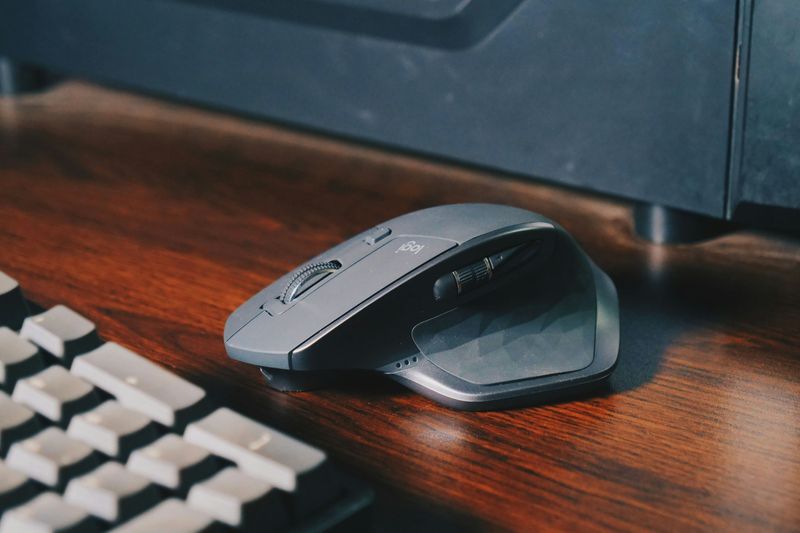 Photo by Yasin Hasan on Unsplash
Photo by Yasin Hasan on UnsplashQuiz
Saloni uses a mouse for 2 hours daily at home and the library for writing papers, emailing, and occasional casual gaming. Which mouse features would be most important for her? Select all that apply:
For basic mouse use, such as for schoolwork and simple games, high DPI and polling rate would not have a noticeable effect. Mouse shape is important for comfort, and a wireless connectivity type is best when portability is required.
How Much Will It Cost?
 You can buy a mouse for under $20 that will serve for basic tasks. Paying more buys you features such as these:
You can buy a mouse for under $20 that will serve for basic tasks. Paying more buys you features such as these:
Adjustable DPI and polling rate — You may want to change these features to suit your gaming or editing needs.
Customizable parts — You can replace parts as the mouse gets used.
Programmability — Some mice have customizable buttons for computer shortcuts.
Enhanced durability and comfort — Certain mice have options for various scroll wheels, shape, weight, click noise, and specialty materials.
Consider your mouse use to decide whether these features are important to you.
Gamers or video editors would benefit from a mouse that is higher priced than the generic versions, as would those who use a mouse frequently and value comfort.

Take Action

This Byte has been authored by
Lucy Sotak
Instructional Designer | E-Learning Developer
Master's degree
